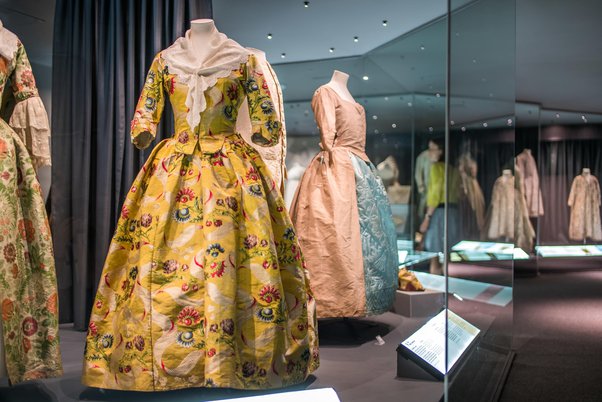Couture, a term derived from the French word for “sewing,” embodies the pinnacle of fashion craftsmanship. It signifies not only the art of creating exclusive garments but also an intricate blend of artistry, tradition, and innovation. Rooted deeply in the fashion world, couture stands as a testament to creativity, meticulous craftsmanship, and the celebration of individuality. In this article, we explore the origins, significance, and the evolving landscape of couture fashion.
The Origins of Couture
Couture fashion traces its roots back to the mid-19th century, largely attributed to the visionary designer Charles Frederick Worth. Often hailed as the father of haute couture, Worth established the first fashion house in Paris in the 1850s, showcasing garments that catered to the elite. He revolutionized the industry by creating custom-fitted dresses for wealthy clients, transforming the way clothing was perceived. Worth’s designs were not merely clothes; they were statements of social status and personal expression.
The establishment of the Chambre Syndicale de la Haute Couture in 1868 further solidified the parameters of couture. This governing body set forth strict guidelines for what constitutes true haute couture, including the requirement that garments must be made in Paris and crafted by skilled artisans. This foundation established the standards that designers strive to meet today.
The Significance of Couture
Couture fashion represents the epitome of luxury and exclusivity. Each piece is crafted with meticulous attention to detail, often involving hundreds of hours of work and the expertise of numerous artisans. From intricate hand-embroidery to delicate fabric manipulation, couture garments showcase a level of craftsmanship that mass-produced clothing simply cannot replicate.
Moreover, couture is a platform for artistic expression. Designers use this medium to push boundaries, explore new materials, and challenge conventional aesthetics. Each collection serves as a canvas for designers to tell stories, evoke emotions, and provoke thought. This artistic freedom not only elevates the garments but also reflects cultural, social, and political climates. Designers like Chanel, Dior, and Galliano have historically used their collections to comment on society, making couture a mirror of contemporary life.
The Process of Creating Couture
The creation of a couture garment is an elaborate and highly personalized process. It begins with consultations between the designer and the client, where ideas and inspirations are shared. Sketches are produced, fabrics are selected, and the design takes shape. Unlike ready-to-wear collections, couture garments are made to measure, ensuring a perfect fit tailored to the individual’s body.
The construction of a couture piece can involve dozens of fittings. Skilled seamstresses, known as “petites mains,” work tirelessly to bring the designer’s vision to life. The use of luxurious fabrics, often sourced from the finest mills around the world, adds to the exclusivity of couture. Each garment can take weeks or even months to complete, highlighting the dedication and passion behind couture fashion.
The Evolution of Couture
While traditional couture remains influential, the fashion landscape is continuously evolving. In recent years, the definition of couture has expanded, with many designers incorporating ready-to-wear elements into their collections. This shift aims to make haute couture more accessible to a broader audience while maintaining the essence of craftsmanship and artistry.
Additionally, the rise of digital technology has impacted the couture industry. Virtual fittings, 3D modeling, and digital runways have emerged as tools that enhance the design process and expand the reach of couture collections. These innovations allow designers to showcase their work to a global audience, breaking geographical barriers that once limited the couture market.
Furthermore, sustainability has become a pivotal focus in the couture realm. As environmental consciousness grows, many designers are prioritizing ethical practices, sourcing sustainable materials, and minimizing waste. This shift reflects a broader trend within the fashion industry, recognizing the importance of responsible consumption and production.
The Future of Couture
As we look to the future, the allure of couture remains undeniable. It continues to attract fashion enthusiasts and collectors who appreciate the artistry and craftsmanship behind each piece. The haute couture shows in Paris remain highly anticipated events, drawing attention from media, celebrities, and fashion connoisseurs alike.
However, the industry faces challenges, including the need to balance tradition with modern demands. The challenge lies in preserving the heritage of couture while embracing innovation and inclusivity. Designers are tasked with redefining what couture means in a contemporary context, ensuring that it remains relevant and resonant in today’s fashion landscape.
In conclusion, couture is more than just high fashion; it is a celebration of creativity, craftsmanship, and individuality. From its historical roots to its current evolution, couture embodies the spirit of fashion in its most artistic form. As it continues to adapt and grow, one thing remains certain: couture will always hold a special place in the hearts of those who cherish the art of fashion.



